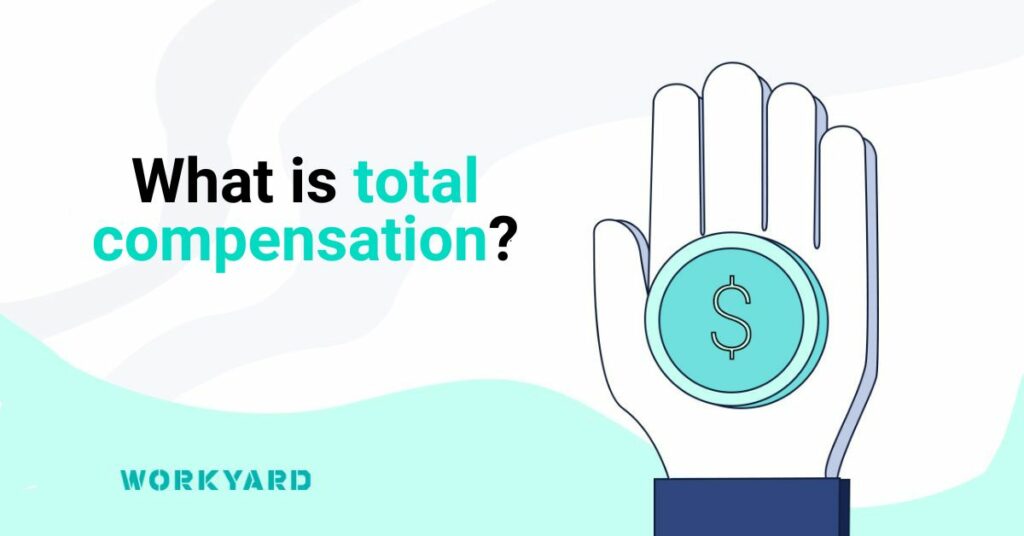Remote workers are generally more productive than their coworkers who are still in the office. However, you need to be careful about what kind of tools you use to track remote workers’ productivity. Some tools might be too intrusive or invasive.
As we discuss in this guide, some steps can be taken to track employee work and when it might make sense to do so. Sometimes, tracking employee work may not always be necessary. It is, however, also appropriate to do so other times, and that is what you will learn in this post.
The Basic Way To Track
The best time for a manager to check on his employees is when they come into work, but if that’s not possible, then at least call them and ask how things went during the day. This will give you an idea of whether your employee needs any help or guidance.
If he says “everything was fine”, then there’s no reason to worry. If he says “I had some problems with my boss” or “my coworker was really difficult today”, then it’s probably time to talk to him about it.
It depends on how much you trust your employee. If you have a good relationship with your employee, you can just ask them directly.
If you don’t know them well enough, you should probably ask someone else (like another colleague) to vouch for them. But even then, make sure you’re comfortable with the person before you do so.
Softwares That Enable Tracking
We will present to you three options that we believe are excellent tools for tracking your employee’s productivity. Each option has both advantages and disadvantages, all of which are the same. Each one does what it is asked to do, no matter how you like the look of it.
Option One: Teramind
Teramind is an easy-to-use tool that helps organizations protect themselves from cyberattacks. Employees can use it to monitor their activities and identify malicious activity.
It also provides security audits and forensic capabilities. Teramind is available as a cloud or on-premises solution. Learn more about Teramind here.
Option Two: InterGuard
A great tool to track employees remotely. It allows you to see what they do while they’re away from work. You can control who gets access to the system and how much access they get. This software is easy to use and has many useful features.
Option Three: ActivTrack
Workforce analytics are a key component of the robust monitoring platform ActivTrak. Monitor the behavior, productivity, efficiency, workload balance, and goals of your employees with transparent monitoring software.
Certain plans provide comparisons between your employees and teams.
Remote Working Monitoring
Employers can monitor their employees while they are away from the office via remote monitoring. Your employees can be monitored to see if they are spending too much time on social media.
Additionally, you can use the tool to see if they are accessing inappropriate sites. FYI: GPS tracking can be used to verify employees’ physical presence.
You can use each of these tools to examine employee activity and determine whether productivity or privacy concerns exist. You can use this information to make better business decisions.
Selective Control Around Tracking
Selective control is used by managers to monitor employees. Managers often use it to check the quality of work done by their subordinates. This method is very effective because it doesn’t make people feel like they are being constantly monitored.
However, sometimes this method may lead to stress among workers. Workers may think that the manager is trying to find flaws or mistakes in their work. Also, some people may be reluctant to do their jobs well if they know that their performance will be checked.
The best way to avoid these problems is to have a discussion about what types of work should be reviewed and who should perform them. Then, set up guidelines for each task so that everyone knows what is expected from them. This way, no one feels singled out or targeted.
This method is most commonly used by employers to keep tabs on their employees. They usually use it to ensure that employees are doing their job correctly.
If there are any issues, then the employer can take action immediately. In addition, supervisors can see exactly where the problem lies. Finally, this method allows the employer to identify trends in the work environment.
Frequently Asked Questions
What Are The Features Of Employee Time Tracking?
Employee time tracking is an analysis method that helps managers understand how employees use their time.
It gives superiors an idea of who has done what, when it was done, and how long it took the worker in question to complete the task. It’s all about enforcing accountability amongst workers, for both bad and good performance.
Those who complete tasks efficiently and to a sufficient standard can be acknowledged for their hard work, and those who aren’t quite reaching their potential can be encouraged to do better.
The best online method to track every employee is with Clockify.
Why Do You Need To Track Employee Performance?
Tracking employee performance can help you determine if employees are doing their best to perform their job duties. As a result, you will be able to determine the level of employee effectiveness, efficiency, and output quality.
Furthermore, managers must continuously evaluate their labor force.
What Are The Benefits Of Tracking And Approving Employee Hours?
Payroll and other reporting mechanisms are facilitated by accurate information. A system that is not followed consistently makes tracking and approving employee hours more difficult, regardless of whether it is manual or automated.
Summary
Now that you’ve read this entire post, you probably have a better idea of what you can do to track your employees’ work and what software you can use. In addition, you have been given the opportunity to monitor a select few of those who require tracking.
When it comes to tracking your employees’ work, it is all about being fair, so if you are considering bringing such a program into your organization, we strongly encourage you to consider whether it is worth it to invade your employees’ privacy.


















